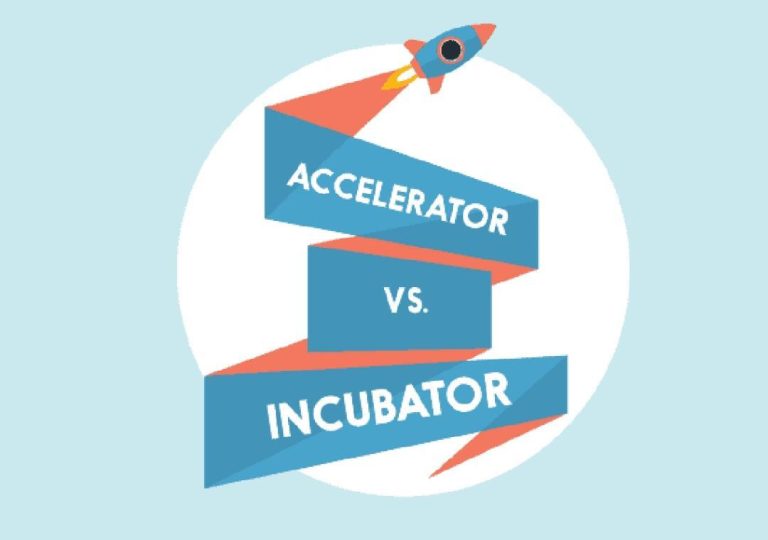
AI, Creators & Tier-2 Cities Power India’s Startup Growth
The Indian startup ecosystem has been gaining momentum in recent years, with a plethora of innovations, new business models, and emerging trends. A recent report by Meta-A&M reveals the key factors driving India’s startup growth, and it’s an exciting space to be in. In this blog post, we’ll dive into the top trends that are reshaping the startup landscape in India.
AI Adoption: The New Normal
Artificial Intelligence (AI) has become an integral part of the Indian startup ecosystem. The Meta-A&M report reveals that a staggering 70% of startups in India are using AI in some form. This is not surprising, given the numerous benefits AI offers, including improved decision-making, enhanced customer experiences, and increased operational efficiency.
From chatbots to predictive analytics, AI is being used across various industries, including e-commerce, healthcare, and finance. For instance, AI-powered customer service platforms are helping businesses provide 24/7 support to their customers, while AI-driven inventory management systems are optimizing supply chain operations.
Omnichannel Models: The Future of Engagement
Omnichannel models are another trend that’s gaining popularity in India’s startup landscape. The report states that 67% of startups are adopting omnichannel strategies to engage with their customers. This approach involves providing a seamless experience across multiple channels, including social media, messaging apps, email, and in-store interactions.
Omnichannel models are particularly effective in Tier-2 and Tier-3 cities, where internet penetration is lower and customers may not be as tech-savvy. By offering a range of touchpoints, startups can ensure that customers can interact with them in a way that’s most convenient for them.
Tier-2 and Tier-3 City Expansion
India’s startup growth is not limited to Tier-1 cities like Bangalore, Delhi, and Mumbai. In fact, the report reveals that 95% of startups are targeting smaller cities, including Tier-2 and Tier-3 cities. This is a significant shift, given that these cities have traditionally been underserved in terms of technology and innovation.
Tier-2 and Tier-3 cities offer a unique set of advantages, including lower operational costs, a more relaxed regulatory environment, and a growing pool of skilled talent. Startups that expand to these cities can tap into a large and underserved market, with immense potential for growth.
The Creator Economy: Building Future-Ready Brands
The rise of the creator economy is another trend that’s transforming the Indian startup landscape. The report states that 88% of startups are partnering with influencers early on to build their brand and reach new customers. This approach involves collaborating with content creators, thought leaders, and social media personalities to promote products or services.
The creator economy is particularly effective in India, where social media has become an integral part of daily life. By partnering with creators, startups can tap into their audience, build brand awareness, and drive conversions.
Conclusion
India’s startup ecosystem is evolving rapidly, driven by AI adoption, omnichannel models, Tier-2 and Tier-3 city expansion, and the creator economy. These trends are reshaping how startups scale, connect with users, and build future-ready brands across India.
As the Indian startup landscape continues to evolve, it’s essential for entrepreneurs and investors to stay ahead of the curve. By embracing AI, omnichannel models, and the creator economy, startups can unlock new growth opportunities, expand their reach, and build successful businesses.






